Ethereum Real or Fake
Ethereum is a decentralized, open-source blockchain platform that enables the creation and Ethereum Real or Fake execution of smart contracts and decentralized applications (dApps). Developed by Vitalik Buterin and launched in 2015, Ethereum introduced a powerful new feature to blockchain technology: the ability to program and automate transactions through self-executing code known as “smart contracts.”
What is Ethereum?
Ethereum is a decentralized blockchain platform that enables developers to build and deploy smart contracts and decentralized applications (dApps). Unlike Bitcoin, which is primarily designed as a digital currency, Ethereum’s purpose extends beyond just financial transactions. It was proposed by Vitalik Buterin in 2013 and officially launched in 2015.
Main Components of Ethereum Real or Fake
Here are some of the main components of Ethereum:
1. Smart Contracts
- Smart contracts are self-executing contracts where the terms of the agreement or the rules of a particular program are directly written into code. When the predefined conditions of a smart contract are met, the contract automatically executes. This feature enables a wide range of applications beyond simple payments, such as decentralized finance (DeFi), gaming, and NFT marketplaces.
Ether (ETH)
- Ether (ETH) is the native cryptocurrency of the Ethereum network. It’s used primarily for two things: as a digital currency (like Bitcoin) and to pay for transaction fees, also known as “gas fees.” Gas fees are paid in Ether and compensate network participants for computational resources needed to process and validate transactions and smart contracts.
Ethereum Virtual Machine (EVM)

- The EVM is the runtime environment that executes smart contracts on the Ethereum network. It enables developers to deploy code that can be run on any computer connected to the network, making the Ethereum blockchain a distributed computing platform. Many other blockchains have adopted or implemented EVM compatibility to leverage Ethereum’s vast ecosystem.
4. Proof of Stake (PoS)
- Ethereum switched from Proof of Work (PoW) to Proof of Stake (PoS) in 2022, a change known as “the Merge.” In PoS, participants known as validators lock up a certain amount of Ether to secure the network and confirm transactions. This method is more energy-efficient than PoW and allows the network to scale more effectively.
Ethereum’s Ecosystem and Use Cases
Ethereum’s flexibility has enabled a wide range of applications:
- DeFi (Decentralized Finance): dApps that provide financial services like lending, borrowing, and trading without intermediaries.
- NFTs (Non-Fungible Tokens): Unique digital assets used for art, collectibles, gaming, and other creative applications.
- DAOs (Decentralized Autonomous Organizations): Community-led groups or organizations that operate without centralized leadership.
- dApps (Decentralized Applications): Applications that run on the Ethereum network, covering everything from social media to supply chain tracking.
Ethereum’s Development and Future Upgrades
The Ethereum network continues to evolve, with planned upgrades aimed at improving scalability, security, and decentralization. Key improvements, such as sharding and layer 2 solutions,are expected to make the network faster and more affordable for a growing user base.
is ethereum Real or Fake?
Ethereum is a real, legitimate blockchain platform and cryptocurrency. It’s one of the most prominent and widely used blockchain networks globally, second in popularity and market value only to Bitcoin. Here’s why Ethereum is real and considered credible:
1. Proven Technology and Public Blockchain
- Ethereum is an open-source platform, meaning its code and transactions are public and transparent. Anyone can verify the code, which is maintained by a global community of developers.
- It has a large, decentralized network of nodes (computers) that validate transactions, making it secure and resistant to censorship.
. Global Adoption and Use Cases
- Ethereum is widely adopted by companies, developers, and individuals worldwide. Major organizations and developers use Ethereum to create decentralized applications (dApps), financial services, and digital assets like NFTs.
- It powers decentralized finance (DeFi) applications that have billions of dollars in assets locked on the platform, demonstrating real-world use and value.
3. Large Developer and User Community
- Ethereum has one of the largest and most active communities in the blockchain space. Many developers are constantly building applications and updating the Ethereum network, showing its long-term commitment and credibility.
- Ethereum has undergone significant development and upgrades, including the recent switch to a Proof of Stake (PoS) consensus model to improve sustainability and scalability, known as “the Merge.”
4. Native Cryptocurrency, Ether (ETH)
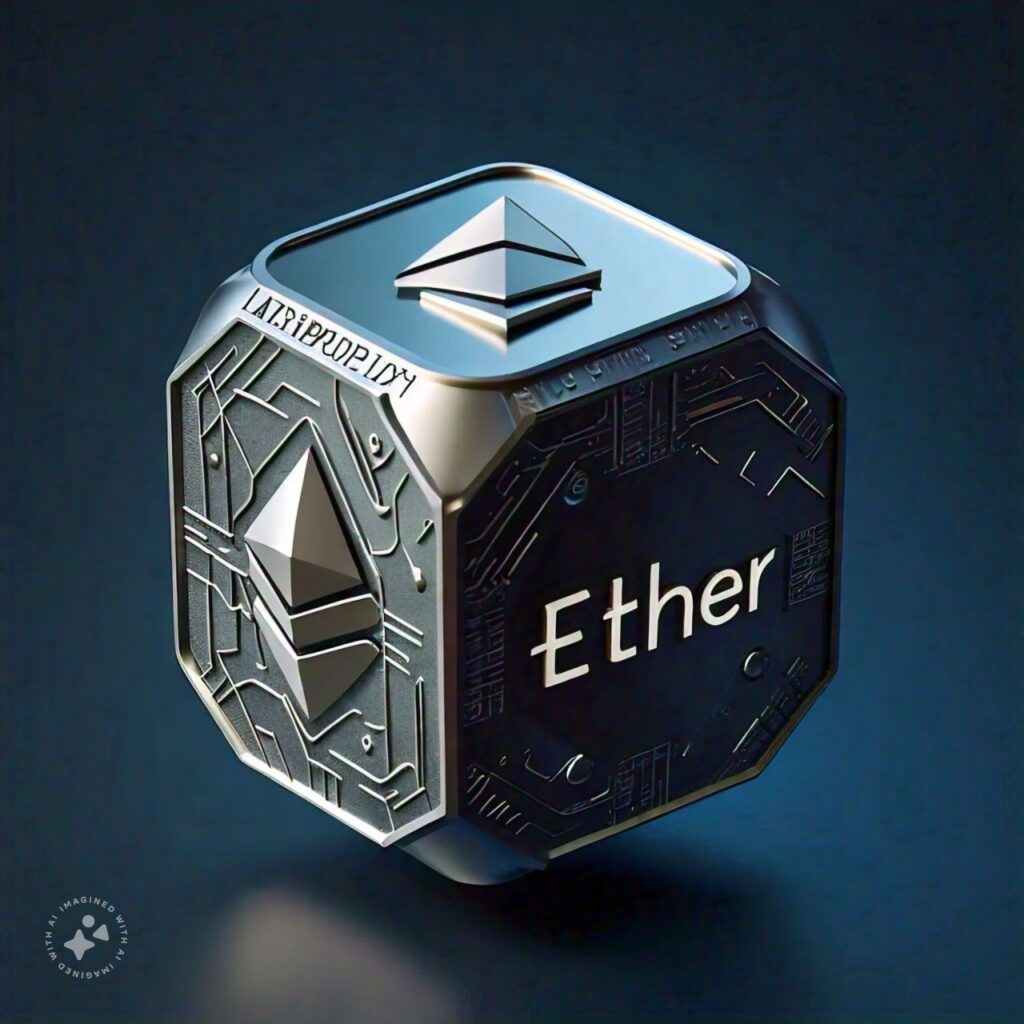
- Ether (ETH) is a legitimate digital currency, traded on reputable exchanges and used globally as a means of exchange and store of value. Major financial institutions, governments, and corporations recognize Ether as an asset and have begun adopting blockchain technology, including Ethereum, in their own operations.
5. Legally Recognized and Regulated
Ethereum is legally recognized as a cryptocurrency and platform, and its native currency (ETH) is traded on major, regulated exchanges. While regulations vary by country, Ethereum itself is legal in most jurisdictions worldwide.
How Does it works?
Ethereum operates as a decentralized blockchain network where transactions and smart contracts (self-executing code) are securely processed and recorded across a global network of computers. Here’s a step-by-step look at how Ethereum works:
1. Ethereum Blockchain
- The Ethereum blockchain is a public, distributed ledger that records all transactions and smart contract interactions. It’s maintained by a decentralized network of nodes (computers) that follow a consensus protocol to ensure the data’s security and accuracy.
2. Smart Contracts
- Smart contracts are pieces of code written in a programming language called Solidity. These contracts are deployed on the Ethereum blockchain and execute automatically when specific conditions are met.
- For example, a smart contract could be set up to automatically release payment when certain tasks are completed, removing the need for intermediaries and ensuring transparency.
3. Ethereum Virtual Machine (EVM)
- The EVM is the computational layer of Ethereum that executes smart contracts across all nodes. Every node in the network has its own instance of the EVM, ensuring that all computations are carried out in a decentralized and synchronized manner.
- This system allows Ethereum to serve as a “world computer” where decentralized applications (dApps) can run securely and independently.
4. Ether (ETH) and Gas Fees
- Ether (ETH) is Ethereum’s native cryptocurrency and is used to pay for transaction fees (gas) on the network.
- When a user initiates a transaction or interacts with a smart contract, they must pay a fee in ETH based on the computational resources required. More complex operations consume more gas, leading to higher fees.
- Gas fees incentivize network validators to prioritize transactions and help secure the network by preventing spam or unnecessary computations.
5. Proof of Stake (PoS) and Validators
- Ethereum transitioned from Proof of Work (PoW) to Proof of Stake (PoS) in 2022. In PoS, validators (users who lock up a certain amount of ETH) are selected to validate transactions and create new blocks.
- Validators earn rewards for participating honestly and can be penalized (lose part of their staked ETH) if they act maliciously. PoS is more energy-efficient and allows for better scalability than PoW.
6. Building dApps and Tokens on Ethereum
- Developers can use Ethereum to create decentralized applications (dApps) that don’t rely on a central authority. These dApps cover a wide range of use cases, such as finance (DeFi), gaming, NFTs, and social media.
- Ethereum also supports the creation of tokens using standards like ERC-20 (for fungible tokens) and ERC-721 (for non-fungible tokens, or NFTs). These tokens allow assets to be built on Ethereum’s blockchain and exchanged securely.
7. Decentralized Autonomous Organizations (DAOs)
Ethereum enables decentralized governance structures through DAOs. DAOs operate as autonomous organizations governed by smart contracts, with decisions made by the community based on token holdings or other criteria.
Conclusion
In conclusion, Ethereum is a genuine and influential blockchain platform with widespread adoption and real-world applications. It enables decentralized applications, financial services, and digital assets, making it a central component of the evolving Web3 ecosystem. With a robust community, strong developer support, and continued innovation, Ethereum stands as a credible, legitimate project in the cryptocurrency and blockchain space. However, users should always stay cautious of scams and fake projects that may try to exploit Ethereum’s popularity. Overall, Ethereum’s established technology, utility, and community mark it as a foundational and transformative force in the blockchain world.
Frequently Asked Question
Here are some frequently asked questions (FAQs) about Ethereum:
1. What is Ethereum?
- Ethereum is a decentralized blockchain platform that enables developers to build and deploy smart contracts and decentralized applications (dApps). It uses its own cryptocurrency, Ether (ETH), and has applications ranging from finance to gaming and digital assets like NFTs.
2. How is Ethereum different from Bitcoin?
- Bitcoin is primarily designed as a digital currency for peer-to-peer transactions and as a store of value. Ethereum, however, was created to be a programmable platform where developers can create applications and automate transactions through smart contracts. While Bitcoin has a single purpose, Ethereum has broader functionality.
3. What are smart contracts?
- Smart contracts are self-executing code that automatically carry out transactions or operations when specific conditions are met. They eliminate the need for intermediaries and enable a wide range of decentralized applications on Ethereum.
4. What is Ether (ETH), and what is it used for?
- Ether (ETH) is the native cryptocurrency of the Ethereum network. It is used to pay transaction fees (gas fees) and is also traded as a digital asset. Gas fees are essential for executing smart contracts and processing transactions on the network.
5. What are gas fees, and why do they vary?
- Gas fees are the costs paid in ETH for computational power on the Ethereum network. The fees vary based on network congestion, as users compete to get their transactions processed quickly. Complex smart contracts also require more gas than simple transactions, resulting in higher fees.
6. What is the Ethereum Virtual Machine (EVM)?
- The EVM is the runtime environment where all smart contracts and transactions are executed on Ethereum. It ensures that code is run consistently and securely across the decentralized network, enabling decentralized applications to function reliably.
7. What does Proof of Stake (PoS) mean, and how does it work on Ethereum?
- Proof of Stake (PoS) is Ethereum’s consensus algorithm, where validators (instead of miners) are selected based on the amount of ETH they have staked (locked up) to validate transactions and create new blocks. Validators earn rewards for honest participation and can lose a portion of their stake if they act dishonestly.
8. What are decentralized applications (dApps)?
- dApps are applications that run on a decentralized blockchain network instead of a centralized server. They cover a wide range of industries, from finance (DeFi) to gaming, and allow users to interact with services and applications without intermediaries.
9. What are NFTs (Non-Fungible Tokens), and how are they related to Ethereum?
- NFTs are unique digital assets representing ownership of digital items like art, music, collectibles, and in-game assets. Ethereum’s blockchain supports NFTs using the ERC-721 token standard, which makes it possible to create, own, and trade unique digital items.
10. What are DAOs, and how do they work on Ethereum?
- Decentralized Autonomous Organizations (DAOs) are community-led organizations governed by smart contracts on Ethereum. DAOs operate based on voting, where token holders or community members can participate in decision-making and governance without centralized leadership.
11. How can I buy Ether (ETH)?
- You can buy Ether (ETH) on most cryptocurrency exchanges like Coinbase, Binance, and Kraken. You’ll need to create an account on the exchange, deposit funds (usually fiat currency), and trade for ETH.
12. Is Ethereum secure?
- Ethereum is secure due to its decentralized nature and a robust network of nodes. However, vulnerabilities in smart contract code can still lead to hacks or exploits, so careful development and audits are necessary to enhance security.
13. What are Ethereum Layer 2 solutions?
- Layer 2 solutions, such as Optimism and Arbitrum, are secondary frameworks built on top of Ethereum to improve scalability and reduce gas fees. They handle transactions off the main Ethereum chain and then periodically record them on the main chain, allowing for faster and cheaper transactions.
14. What is Ethereum 2.0?
- Ethereum 2.0 (now just Ethereum after “the Merge”) refers to Ethereum’s upgrade to improve scalability, security, and sustainability. Key upgrades included the switch from Proof of Work to Proof of Stake and the introduction of sharding (expected in future phases) to enhance scalability.
15. What is “the Merge”?
- “The Merge” was the upgrade where Ethereum transitioned from Proof of Work (PoW) to Proof of Stake (PoS) in 2022. It significantly reduced Ethereum’s energy consumption and marked the completion of Ethereum 2.0’s Phase 1.
16. What are ERC-20 and ERC-721 tokens?
- ERC-20 and ERC-721 are Ethereum token standards. ERC-20 tokens are fungible (interchangeable) and commonly used for creating cryptocurrencies on Ethereum. ERC-721 tokens are non-fungible, meaning they are unique and primarily used for NFTs.
17. How does Ethereum make money?
- The Ethereum Foundation, the organization that oversees Ethereum’s development, funds itself through grants, donations, and holdings in Ether. Ethereum’s blockchain itself doesn’t make money, but transaction fees (gas fees) are paid to validators who secure the network.
18. Can Ethereum be hacked?
- While the Ethereum network itself is very secure, applications and smart contracts on Ethereum can be vulnerable to hacking if they are poorly coded. Users must be cautious when interacting with decentralized applications and verify their security and reputation.
These answers provide a basic understanding of how Ethereum functions and its potential, security.

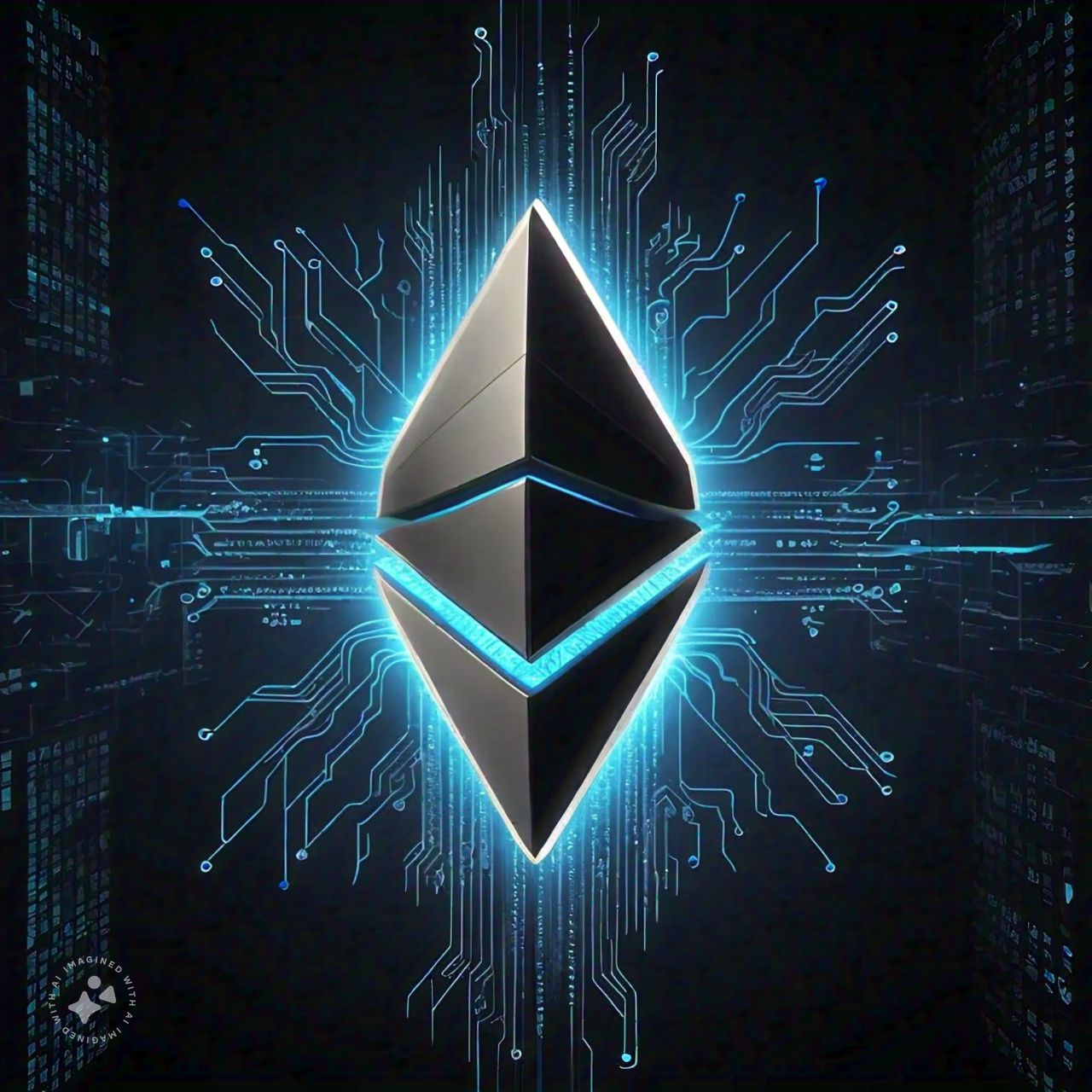
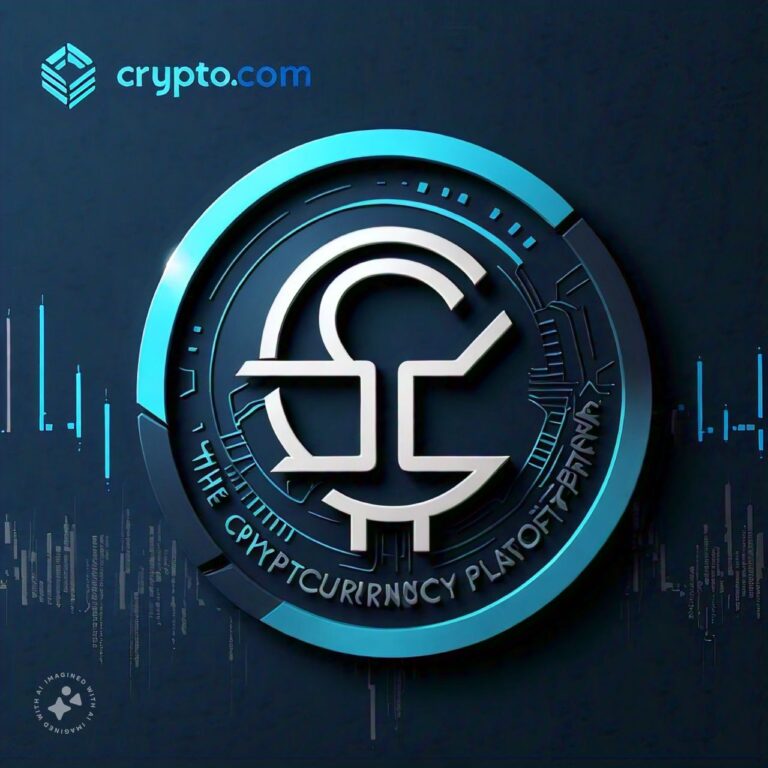
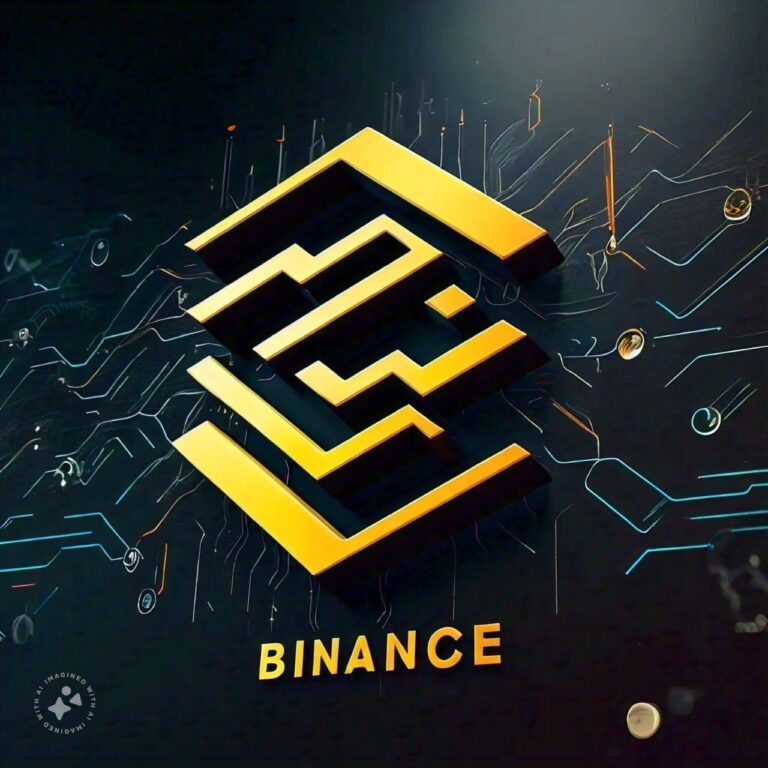
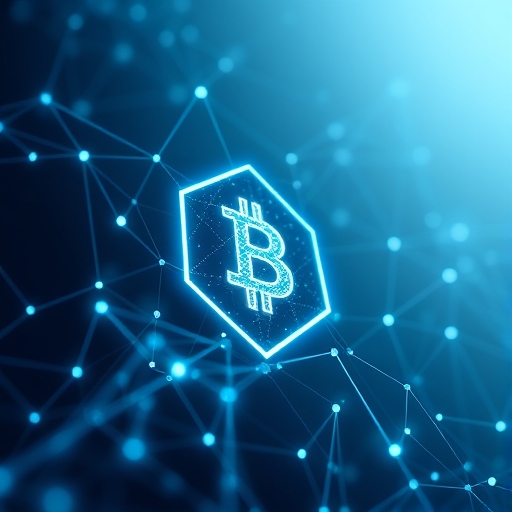



Thank you for your sharing. I am worried that I lack creative ideas. It is your article that makes me full of hope. Thank you. But, I have a question, can you help me?
Yes, I can help you.